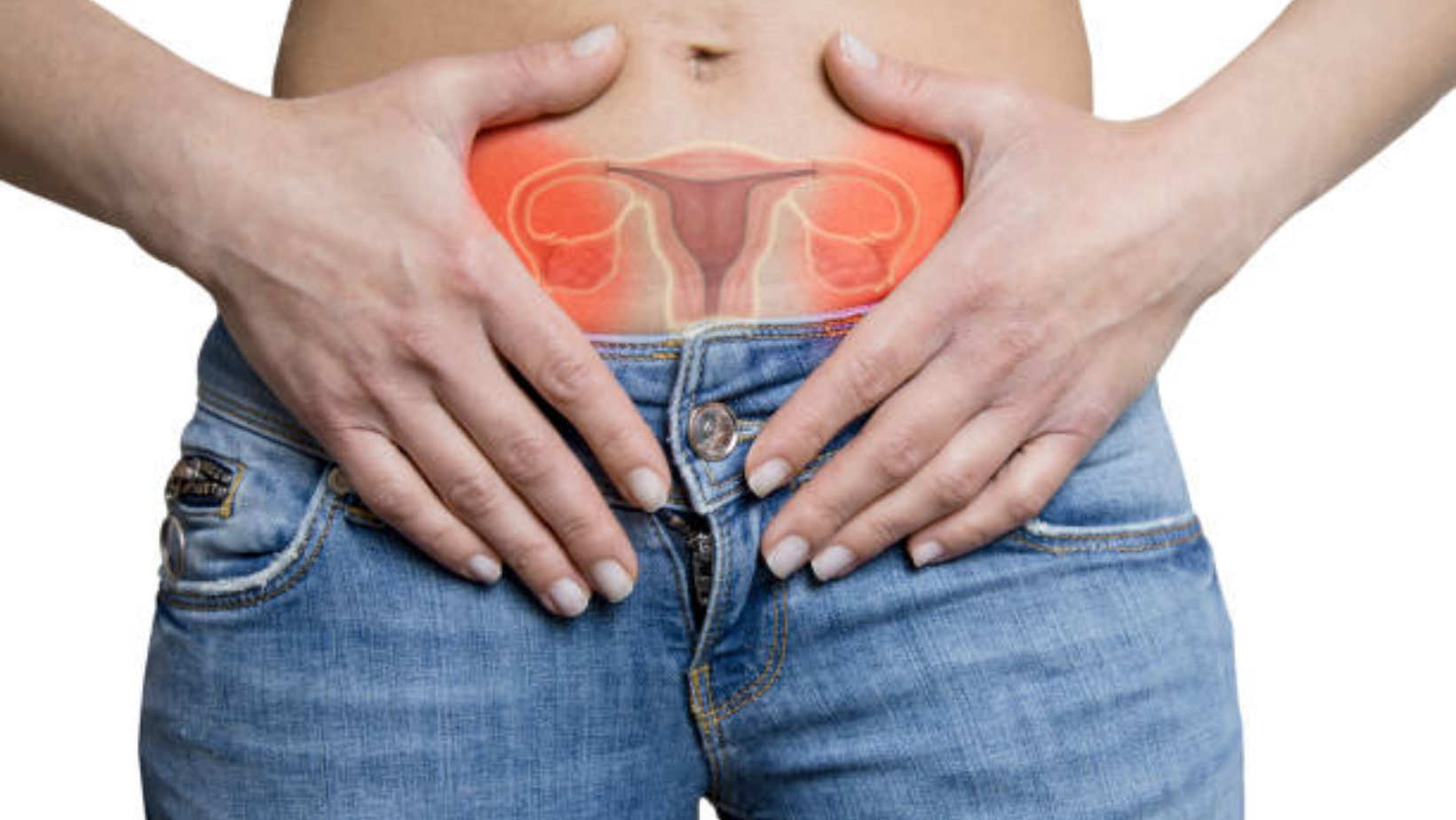Category
Ovarian cysts are fluid-filled sacs that can develop on the ovaries, affecting women of all ages.

Have any questions?
If you have any questions, feel free to contact us at [email protected]. A member of our support team will help you shortly.
Share this blog
Fatigue
Energy
Stress
Sleep
Ovarian cysts are fluid-filled sacs that can develop on the ovaries, affecting women of all ages. While many ovarian cysts are harmless and resolve on their own, some may cause symptoms or complications that require medical attention. Understanding the symptoms, diagnostic approaches, and available treatment options is essential for women's reproductive health.
In many cases, ovarian cysts go unnoticed and are discovered incidentally during a routine pelvic examination or imaging study. However, when cysts cause symptoms, the following signs may be present: Pelvic Pain: A common symptom associated with ovarian cysts is pelvic pain, ranging from a dull ache to sharp discomfort. The pain may be intermittent or persistent. Menstrual Irregularities: Ovarian cysts can impact the menstrual cycle, leading to irregular periods or changes in the length and flow of menstruation. Painful Intercourse: Some women with ovarian cysts may experience pain or discomfort during sexual intercourse. Pelvic Fullness or Heaviness: A sensation of pelvic fullness or heaviness may be present, mainly if the cysts are large or numerous. Bloating and Abdominal Pressure: Ovarian cysts can contribute to feelings of bloating and abdominal pressure, resembling symptoms of gastrointestinal discomfort. Frequent Urination: Cysts pressing on the bladder may cause an increased frequency of urination. Difficulty Emptying the Bowels: Large ovarian cysts can exert pressure on the rectum, leading to difficulty emptying the bowels. It's important to note that while these symptoms may be indicative of ovarian cysts, they can also overlap with other gynecological conditions. Therefore, seeking prompt medical evaluation is crucial for an accurate diagnosis.
Diagnosing ovarian cysts typically involves a combination of medical history review, physical examination, and imaging studies. Diagnostic approaches may include: Pelvic Examination: A pelvic examination allows healthcare providers to assess the ovaries' size, shape, and tenderness. Unusual findings may prompt further investigation. Ultrasound: Transvaginal ultrasound is a standard imaging tool used to visualize the ovaries and identify the presence, size, and characteristics of ovarian cysts. Blood Tests: Blood tests, including CA-125 levels, may be conducted to assess tumor markers. Elevated CA-125 levels may be associated with certain types of ovarian cysts. MRI or CT Scan: In some cases, magnetic resonance imaging (MRI) or computed tomography (CT) scans may be recommended for a more detailed evaluation of ovarian cysts.
Managing ovarian cysts depends on various factors, including the type of cyst, its size, and whether it is causing symptoms. Treatment options may include: Watchful Waiting: In many cases, especially with small, functional cysts, healthcare providers may recommend watchful waiting. Monitoring the cyst over time to observe changes or resolution is a common approach. Pain Management: Over-the-counter pain relievers such as ibuprofen may be recommended to alleviate pelvic pain associated with ovarian cysts. Hormonal Birth Control: Hormonal birth control methods, such as birth control pills, may be prescribed to regulate the menstrual cycle and prevent the formation of certain types of cysts. Surgical Intervention: If a cyst is large, persists, causes severe symptoms, or raises concerns about malignancy, surgical intervention may be necessary. The two main surgical approaches are cystectomy (removal of the cyst) and oophorectomy (removal of the affected ovary). Laparoscopy: Minimally invasive surgery, such as laparoscopy, may remove cysts or perform other necessary procedures with smaller incisions and a quicker recovery time. Follow-up Monitoring: After treatment, follow-up monitoring through imaging studies or blood tests may be recommended to ensure the resolution of the cyst or assess for any recurrence.
Ovarian cysts are a common occurrence in women, and while many are benign and resolve on their own, some may require medical attention. Understanding the symptoms, seeking timely diagnosis, and exploring appropriate treatment options are crucial aspects of managing ovarian cysts effectively. Women experiencing pelvic pain, menstrual irregularities, or other associated symptoms should consult with their healthcare providers for a thorough evaluation. With advancements in diagnostic tools and treatment modalities, healthcare professionals can tailor interventions to address individual needs, ensuring optimal reproductive health and overall well-being.